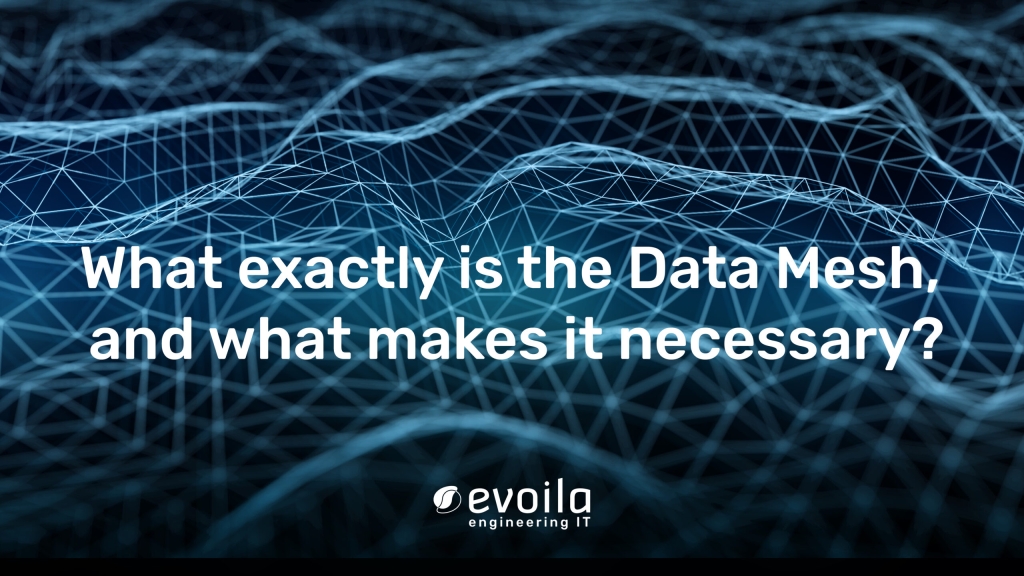What exactly is the Data Mesh, and what makes it necessary?

The concept of a Data Mesh Paradigm is one of the most popular trends in (Big) Data Management, characterized as a fresh perspective on leveraging data to generate organizational benefits and tackle the problems that have persisted over decades of data-related difficulties and mishaps.
The challenges confronting present-day data infrastructure
As corporate environments continue to feature a rising number of dispersed domains responsible for generating and storing their data for analytical and business intelligence purposes, organizations are encountering a range of challenges, including inadequate data quality, time-consuming ad-hoc analyses, and overburdened data teams. The root of these issues lies in the disconnect between the teams generating the data and the teams tasked with leveraging it to drive business value. Data and ML engineers must not only maintain the central data infrastructure but also address issues arising upstream or downstream in the process.

The proposed solution of the Data Mesh
Zhamak Dehghani’s introduction of the Data Mesh concept in a series of 2019 blog posts proposed an alternative approach to data management that aims to alleviate the strain on central data teams, expedite analytical processes using operational data, and enhance the interoperability and integration of data tools.
The data mesh framework emphasizes decentralization and autonomy, treating data as a product and giving individual teams responsibility for the data products they generate. This approach ensures that each team has ownership and control over the data they produce, including maintenance and quality improvement.
The data mesh philosophy recognizes data as a crucial element of an organization and prioritizes its management accordingly, rather than treating it as an afterthought. By implementing the data mesh approach and empowering teams to manage their data, organizations can ensure that their data is dependable, current, and of high quality.
According to Dehghani, there are four key principles that underpin the Data Mesh approach:
- Domain-Oriented Data Ownership – Data ownership is aligned with the domains of the business, rather than being centralized in a single team.
- Data as a Product – Data is treated as a product, with each piece of data having its own ownership, responsibility, and accountability.
- Self-Serve Data Infrastructure – Each team is responsible for providing its own data infrastructure, rather than relying on a centralized data team.
- Federated Data Governance: Data governance is distributed across the organization, with each domain responsible for governing its own data.

Data Mesh offers several benefits to organizations that adopt this approach, including:
- Increased Agility: Data Mesh enables organizations to respond quickly to changing business needs by allowing domains to manage their own data.
- Improved Data Quality: Data Mesh encourages data ownership and responsibility, which leads to improved data quality and accuracy.
- Reduced Data Silos: Data Mesh eliminates data silos by promoting collaboration and communication across domains.
- Scalability: Data Mesh is designed to be highly scalable, allowing organizations to manage large volumes of data and grow their data infrastructure as needed
Conclusion
The rise of data meshes represents a significant shift in the field of data management. By treating data as a product and empowering individual teams to manage their data, organizations can ensure that they are using high-quality, reliable data that is tailored to their specific needs. As data continues to play an increasingly significant role in organizations, the data mesh approach is likely to become more widespread and more important for organizations to adopt.





